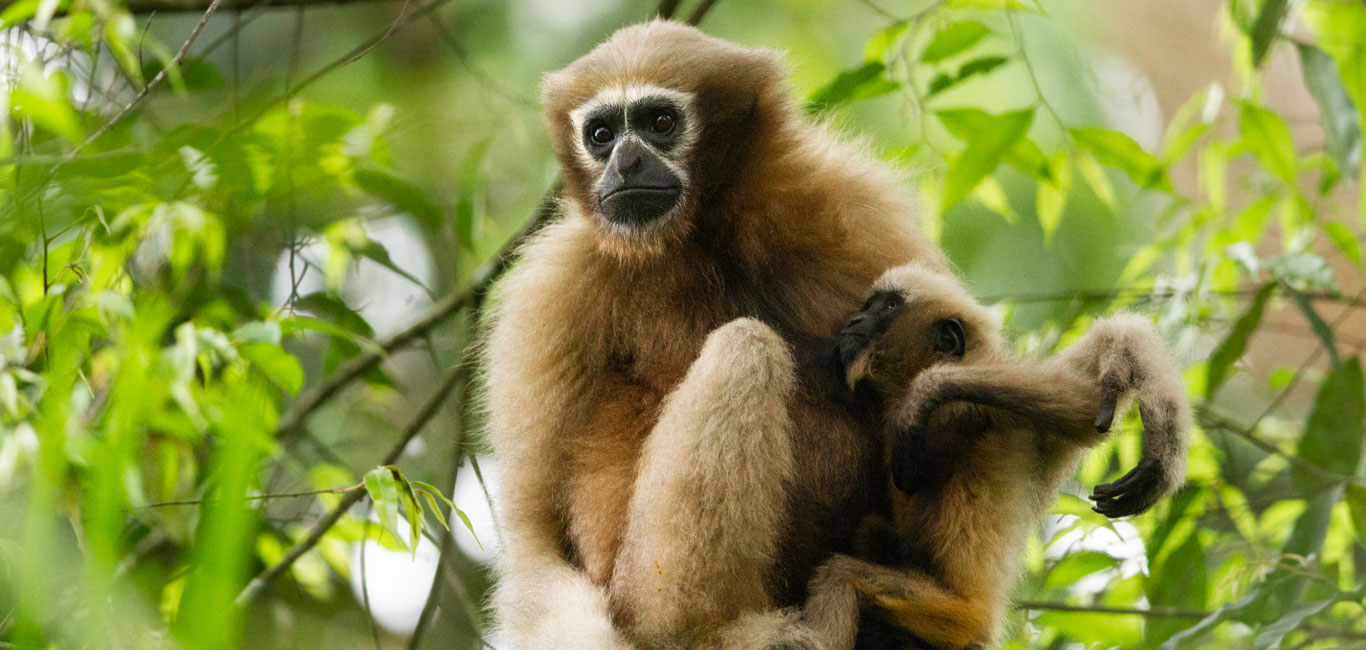South Asian Forum for Environment

In compliance with the 20 commandments of ‘Aichi Targets’, SAFE prioritizes conservation of Biodiversity in all of its areas of intervention. Some efforts that are being undertaken by SAFE are depicted here below: